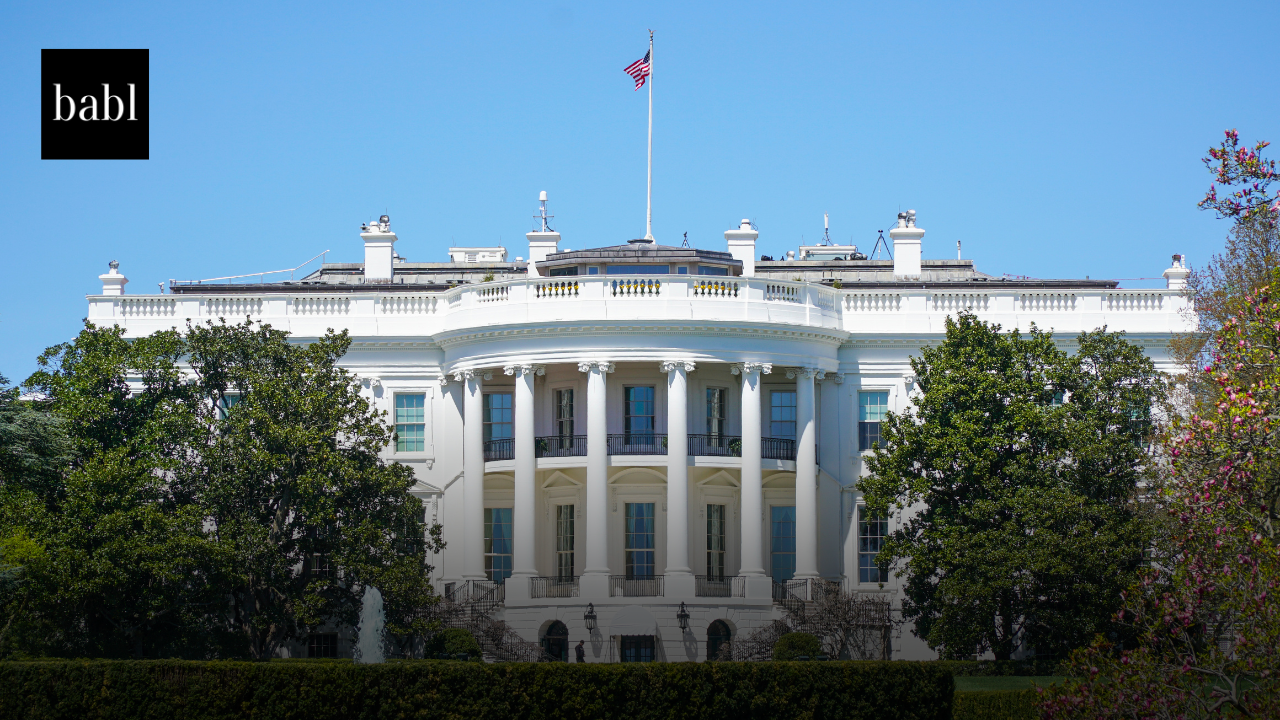Generative AI is gaining a significant foothold in the U.S. public sector, with 25% of civil servants already leveraging the technology for workplace tasks, according to a new survey by the Hoover Institute. The findings, based on responses from over 1,000 civil servants across 12 states, reveal the rapidly growing role of AI in government operations and the opportunities and challenges accompanying its adoption.
The survey highlights that while public-sector AI adoption trails the private sector, where two-thirds of employees use AI tools, public agencies are quickly catching up. One in four public-sector workers currently uses generative AI, and nearly half anticipate using such tools within a year. Among these early adopters, 16% report using AI at least weekly, primarily for drafting and editing communications, documents, and informational content.
Higher education professionals report the highest AI usage, with 71% of staff and 60% of faculty utilizing generative AI tools. However, adoption is less widespread in fields such as law enforcement, social work, and property management, with rates ranging from 13% to zero.
Public-sector employees are already reaping the benefits of generative AI in terms of efficiency and quality. According to the survey, 7% of respondents save two or more hours daily using AI, while another 44% report saving up to two hours. Additionally, 70% say the quality of their work improves with AI assistance.
Despite these advantages, adoption is uneven, with senior employees and those holding advanced degrees leading the charge. This trend raises concerns about potential disparities in workplace technology access and usage.
While enthusiasm for generative AI is growing, concerns persist. Public-sector employee cited risks such as inaccurate information, security vulnerabilities, and data privacy issues as primary challenges. Policies governing AI use are also lagging: 9% of respondents reported their organizations lacked formal AI policies, while over half were unsure if any existed.
Training efforts for generative AI in the public sector show promise, with over 70% of employees receiving some form of training, ranging from online courses to in-person workshops. Among those trained, 71% found the experience effective. However, demand for training continues to outstrip supply, with nearly half of untrained workers expressing interest in learning how to use generative AI tools.
Reskilling the existing workforce is emerging as the most viable response to the AI revolution. While concerns about job displacement remain, the survey suggests that layoffs are unlikely in the short term, with agencies instead focusing on equipping workers to adapt to AI-driven changes.
Generative AI is poised to transform public-sector work, with 41% of survey respondents optimistic about its long-term impact. The findings illustrate that while generative AI offers immense potential for productivity and quality improvements, addressing disparities in access, training, and governance will be critical as adoption accelerates.
Need Help?
If you’re concerned or have questions about how to navigate the U.S. or global AI regulatory landscape, don’t hesitate to reach out to BABL AI. Their Audit Experts can offer valuable insight and ensure you’re informed and compliant.





